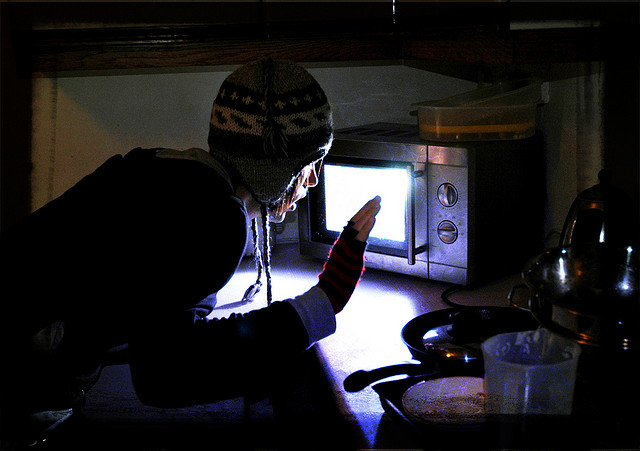When it comes to home appliances, one of the most fascinating inventions is the microwave oven. It can heat our food and offer us a warm meal in a matter of seconds. However, you may have noticed after microwaving your food, the temperatures varies from spot to spot. Some of them are hot while others have remained cold. Why does this happen and what can be done to prevent it?
It is common knowledge that the aforementioned oven type uses microwave radiation. This type follows the exact same laws of physics all types of radiation follow. When released in a confined space such as an oven chamber, the radiation waves bounce around. Some of them collide head-on, thus neutralizing each other and creating cold spots on the food, while others align perfectly. The result of this alignment is the intensification of the radiation, resulting in a hot spot. Fortunately, for the consumers, there is a way to map those hot and cold spots.
What you need to do is place a certain food item in the microwave and heat it for a short period of time. You can use marshmallows, chocolate, or bread slices with butter spread. The procedure is really simple. You place the desired food in the microwave and set the timer to 30 seconds.
The outcome of this little experiment depends on one of the oven features called the rotating dish. If the appliance has a rotating dish, the food you have placed inside will be evenly heated. If the dish didn't rotate during the 30 seconds period, there will be some clearly visible spots of excessive heat and others that have not been heated sufficiently. So, this experiment highlights the necessity of the rotating dish inside a microwave oven. But it is also the basis of a great physics calculation: the speed of light.
Once you have mapped the hot and cold spots of your oven by not using the rotating plate, you can actually measure the speed of light. It is a real simple calculation, using the map you have just created. Here is how it can be done.
The speed of light derives from the equation: speed = wavelength x frequency. You are trying to calculate the speed, so you have to find the numeric values of frequency and wavelength. The hot and cold spots map you created earlier has the wavelength hidden in it. All you have to do is measure the distance between two neighboring hot spots and multiply x 2. According to physics, the distance between one peak (in our case, a hot spot) and its closest peak is the half of the wavelength of this radiation. So, you have the wavelength already. The frequency is even easier to find since it is written on a label on your oven. So, now, you have every value required to calculate the speed of light. The result, if calculated correctly, should be around 180,000 miles per second. A slight deviation from the speed of light is totally reasonable since all you used was some food and an ordinary microwave oven.
Special thanks to CNET and Richard Baguley for our source:
Read MorePhoto by: Jason Rogers | Flickr






